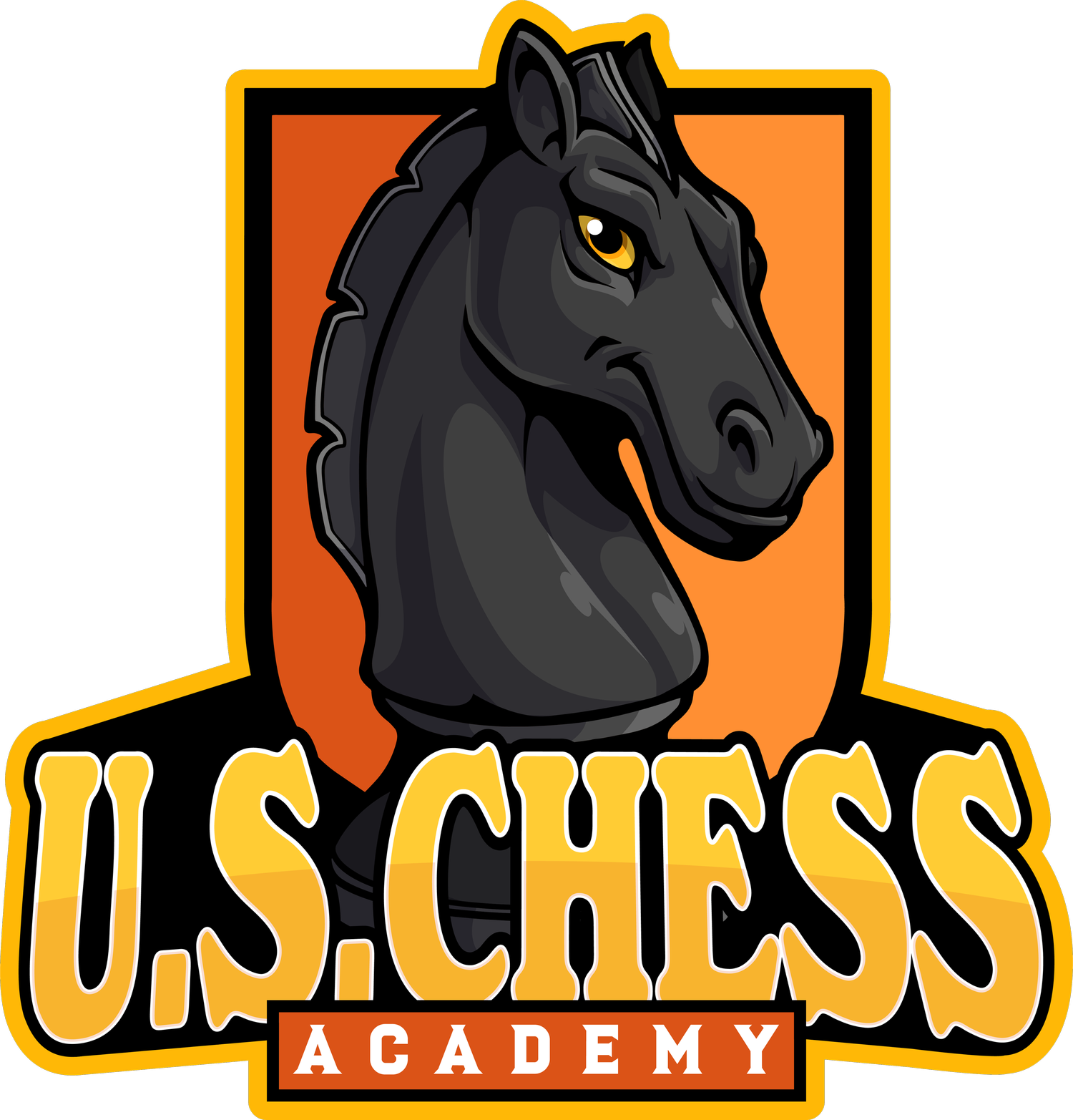The Evolution of Chess: A Look at How the Game Has Changed Over the Years
Chess is a game that has been played for centuries, fascinating people of all ages with its mix of strategy and skill. It's amazing to see how much the game has changed over the years. From its ancient beginnings to the modern era, chess has evolved in many ways. Today, chess is a global phenomenon, played both in person and online, making it more exciting than ever.
The early days of chess were quite different from what we know now. The game originated in India and spread through Persia and the Islamic world before reaching Europe. As chess traveled, it adapted to different cultures and underwent significant transformations. This historical journey has shaped the way we play chess today.
The evolution of chess didn't stop with its spread. The rules of the game have also changed several times to make it more dynamic and interesting. Competitive chess has grown immensely, and modern technology has taken the game to new heights. We now have online platforms and computer programs that can challenge even the best players. Join me as we explore how chess has transformed into the game we love to play today.
The Early Beginnings of Chess
Chess has a rich history that dates back over a thousand years. It all started in India, around the 6th century, with a game called Chaturanga. This ancient game was quite similar to chess but had a few differences. For example, Chaturanga was played on an 8x8 board and had pieces that would later evolve into the queen, bishop, knight, and rook.
From India, Chaturanga spread to Persia, where it became known as Shatranj. It was during this time that many of the rules we recognize today started to take shape. The Persians introduced the idea of "check" and "checkmate," terms we still use. The game then made its way to the Islamic world, where scholars wrote the first known chess manuals.
By the 11th century, chess reached Europe, thanks to trade routes and the spread of Islam. Europeans added their own twists to the game, eventually shaping it into the chess we know today. The pieces were renamed, and new rules were introduced to make the game faster and more exciting. From humble beginnings in India, chess has evolved through many cultures to become a game loved around the world.
Significant Rule Changes Throughout History
Chess has seen many rule changes over the years, each adding a new layer of complexity and excitement. One of the earliest significant changes came during the Middle Ages in Europe. The movement of the pieces was altered to speed up the game. The queen, originally a weak piece, was given the powerful, multi-directional move set we know today.
Another important change was the introduction of the "en passant" rule. This rule allows a pawn to capture another pawn that has moved two squares forward from its starting position, as if it had moved only one square. This rule was added to prevent players from using pawns to block the game unfairly.
The concept of castling also evolved during this time. This move helps protect the king and develop the rook. It involves moving the king two squares towards a rook and then placing the rook on the square over which the king crossed. This rule was not a part of early chess and was added to enhance strategy and defense.
In the 19th century, the idea of time controls was introduced. This was a game-changer, as it prevented players from taking endless time to make their moves. Timed chess games make for faster and more thrilling matches, and they remain a staple in competitive play today. All these rule changes have turned chess into the dynamic and engaging game we enjoy.
The Rise of Competitive Chess
Competitive chess has a long and storied history. It began gaining traction in the 19th century when organized tournaments and official titles started to emerge. The first modern chess tournament was held in 1851 in London, marking a significant milestone for the game. This event attracted some of the best players of the time and set the stage for future competitions.
The introduction of world championships added another layer of excitement. Wilhelm Steinitz became the first official World Chess Champion in 1886 after defeating Johannes Zukertort. This title has since been held by many legendary players, including Garry Kasparov and Magnus Carlsen. The World Chess Championship remains one of the most highly anticipated events in the chess calendar.
As chess grew in popularity, national and international chess federations were established to oversee the game. The most well-known is the Fédération Internationale des Échecs (FIDE), founded in 1924. FIDE is responsible for organizing international tournaments, setting rules, and rating players worldwide. These organizations have helped standardize competitive chess, making it more accessible and enjoyable for players everywhere.
Modern Chess in the Digital Age
The advent of digital technology has revolutionized the way we play and learn chess. Online platforms like Chess.com and Lichess.org have made chess more accessible than ever. These websites offer a variety of features, from playing against people worldwide to solving puzzles and watching instructional videos. Anyone with an internet connection can now enjoy chess and improve their skills.
One significant change in modern chess is the use of computer engines for analysis. Programs like Stockfish and AlphaZero can evaluate positions with incredible accuracy, offering insights into optimal moves and strategies. These engines are used by amateurs and professionals alike to study games and prepare for competitions. This has led to a deeper understanding of the game and elevated the level of play.
Digital technology has also introduced the concept of online tournaments. Players no longer need to travel to compete but can participate in events from their homes. Online tournaments are convenient and allow for a greater variety of competition formats. They have become particularly popular in recent years, attracting thousands of participants and viewers.
Conclusion
Chess has come a long way from its origins in ancient India to the modern game we know today. Over the centuries, it has adapted and evolved, incorporating new rules and embracing technological advancements. Competitive chess has created a vibrant community of players worldwide, while digital technology has made the game more accessible than ever.
Understanding the evolution of chess can deepen your appreciation of the game and its rich history. As we continue to explore new ways to play and learn, chess will remain a timeless and engaging pastime for generations to come.
At the United States Chess Academy, we offer a range of programs to help you improve your game. Whether you're just starting or looking to master advanced strategies, our experienced best chess coaches are here to guide you. Visit our website today to discover how we can help you on your chess journey!

